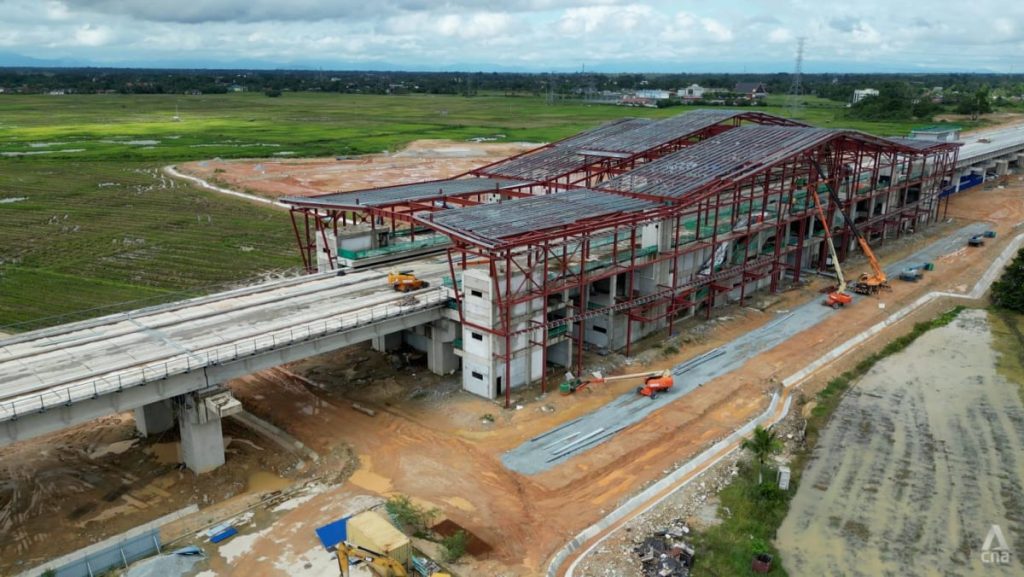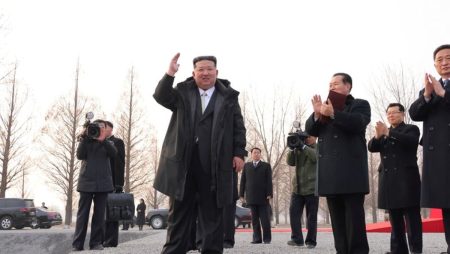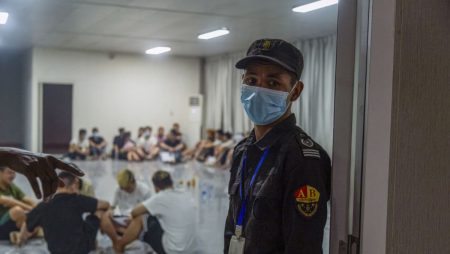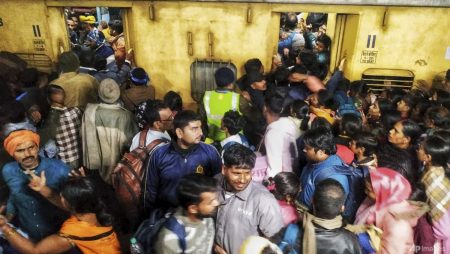Compensation and Flood Mitigation for ECRL Construction
The East Coast Rail Link (ECRL) project has sparked concerns among residents in flood-prone areas, particularly regarding compensation and flood mitigation measures. In response to queries raised by CNA, Transport Minister Anthony Loke emphasized that Malaysia Rail Link Sdn Bhd (MRL), the project owner, must prioritize flood-prone areas and implement flood mitigation measures during construction. He assured that any houses affected by flooding due to the project would be taken care of by the contractor. This assurance comes as the monsoon season intensifies, raising anxieties among residents about potential flooding.
One such resident is Kasiah, who lives in an area that experienced flooding last year. She shared videos with CNA on November 22 and 28, 2022, showing her neighborhood inundated with water, with children wading through ankle-deep floodwaters. Kasiah expressed frustration that despite visits from state government officials, no substantial assistance has been provided to date. While she acknowledged that other communities on the east coast might have been more severely affected and thus require more urgent aid, her experience highlights the vulnerabilities faced by those living in flood-prone areas.
When asked whether her situation would influence her support for the state government, Kasiah remained uncertain. Her response reflects the broader sentiment of residents who are grappling with the impacts of infrastructure projects and seeking clearer communication and action from authorities.
Flood Concerns and Community Voices
The ECRL project has brought both hope and apprehension to communities along its route. For many residents, the railway represents an opportunity for economic growth and improved connectivity. However, the flooding incidents linked to its construction have raised urgent questions about accountability and the adequacy of flood mitigation measures.
Kasiah’s story is emblematic of the challenges faced by residents in flood-prone areas. Despite the government’s assurances, the recurring floods have left many feeling vulnerable and uncertain about the future. The lack of visible progress in addressing these issues has deepened frustrations, even as residents recognize that other communities may be even harder hit.
The situation underscores the importance of proactive engagement between project stakeholders and affected communities. While the government has taken steps to address flooding, including the implementation of mitigation measures, the slow pace of relief efforts has eroded trust among residents. Kasiah’s uncertainty about her political support for the state government highlights the delicate balance between development and community well-being.
Economic Hopes and the Potential of the ECRL
In Pahang, one of the states along the ECRL route, residents in opposition-held areas are pinning their hopes on the railway to boost local economies, particularly in the tourism sector. Muhd Qaiyum Ismail, a 38-year-old vendor selling dried fruit beverages at a makeshift waterfront night market in Temerloh, is among those who believe the ECRL will bring positive change.
Temerloh is renowned for its ikan patin, a famous dish featuring a type of fatty fish, and Qaiyum hopes the ECRL will attract more visitors to his town. Currently, the lack of rail services in the area makes it difficult for tourists to reach Temerloh, especially from Kuala Lumpur and Selangor. With the ECRL, he envisions easier access for travelers from both the east coast and urban centers, which would directly benefit his business and the local economy.
Qaiyum’s optimism reflects the broader sentiment among residents in Pahang, particularly in opposition-held state seats, where the ECRL is seen as a catalyst for development. The railway’s potential to enhance connectivity and stimulate tourism aligns with the aspirations of many locals who are eager to see their communities thrive.
Lack of Engagement and Community Concerns
Despite the optimism surrounding the ECRL, concerns about the project’s impact persist. In Pahang, residents in opposition-held state seats with ECRL stations feel that their voices are not being adequately heard. Many fear that the benefits of the project may not be equitably distributed, leaving smaller communities behind.
The lack of meaningful engagement between project stakeholders and local communities has exacerbated these concerns. While the government has emphasized the importance of flood mitigation and compensation, many residents feel that their needs and worries are not being prioritized. Kasiah’s experience, for instance, highlights the gap between official assurances and the reality on the ground.
The situation raises questions about the inclusivity of the ECRL project and its potential to address the unique challenges faced by different communities. As the project progresses, it will be crucial for stakeholders to foster open dialogue and ensure that the concerns of all affected residents are taken into account.
Balancing Development and Community Needs
The ECRL project represents a complex interplay of economic ambition and community well-being. While the railway has the potential to transform the east coast’s economy, its success will depend on how effectively it addresses the needs of those most impacted by its construction.
Residents like Kasiah and entrepreneurs like Qaiyum embody the diversity of perspectives within affected communities. Their stories reveal both the promise of the ECRL and the risks of neglecting the human dimension of large-scale infrastructure projects. As the monsoon season continues to pose challenges, the government and project stakeholders must work collaboratively to ensure that development goals are met without compromising the welfare of local residents.
By prioritizing flood mitigation, compensation, and inclusive engagement, the ECRL can become a model for sustainable development that balances economic growth with community needs. The coming months will be critical in determining whether the project can fulfill its potential and earn the trust of those it is meant to benefit.
The Path Forward for the ECRL and Its Communities
As the ECRL project moves forward, the experiences of residents like Kasiah and Qaiyum serve as a reminder of the human stakes involved. While the railway holds significant economic promise, its success will ultimately be measured by its impact on the lives of those it touches.
To achieve this, Transport Minister Anthony Loke and other stakeholders must uphold their commitments to flood mitigation and compensation while fostering deeper engagement with affected communities. By doing so, they can address the anxieties of residents and ensure that the ECRL becomes a source of hope and opportunity for all.
In the words of Kasiah, “I don’t know” whether her support for the state government will endure, but one thing is clear: the path forward for the ECRL must prioritize both development and dignity for the people it serves.












